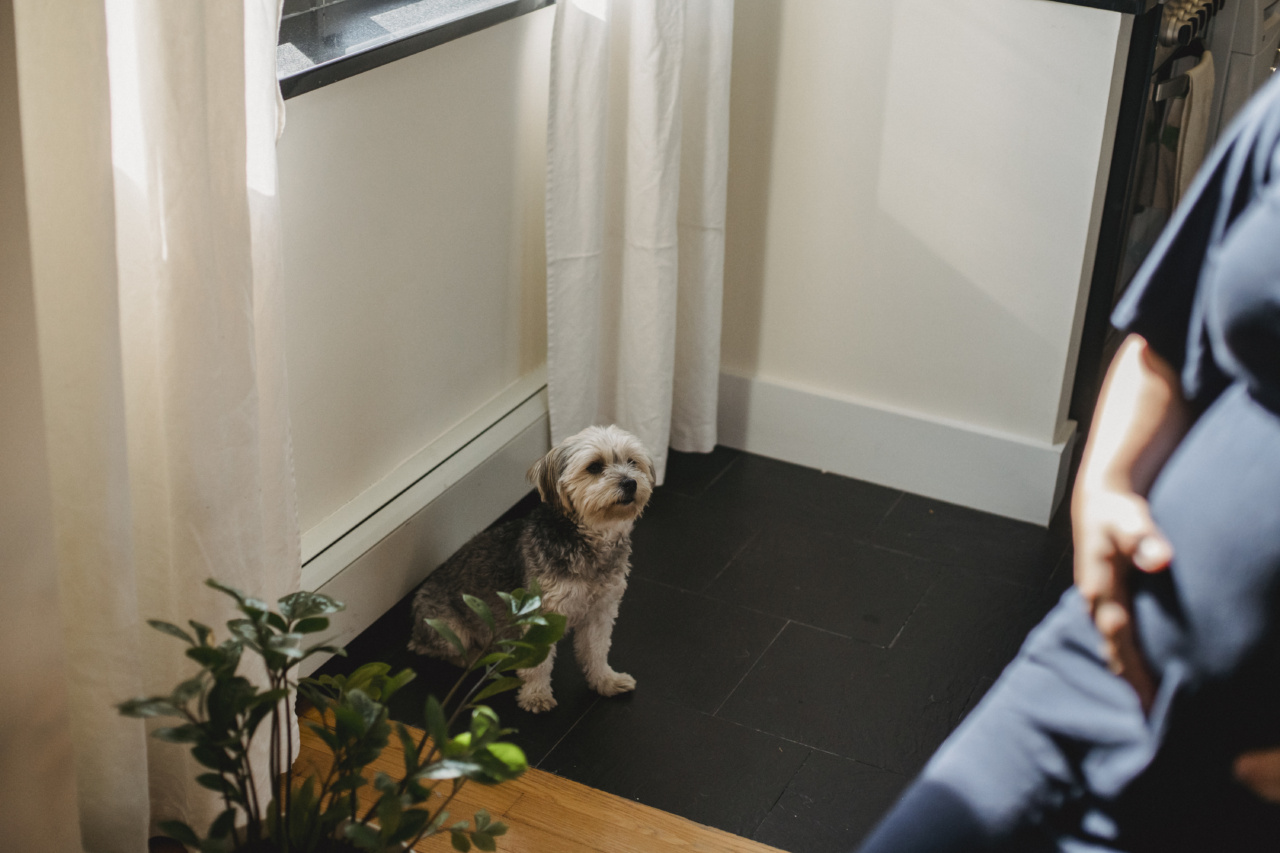Barking is a natural behavior of dogs and is their way of communicating with humans and their environment. However, excessive barking can be annoying and disruptive, especially if it happens inside the house.
It can disturb your neighbors, disrupt your sleep cycle and in some cases cause a strain on your relationship with your dog. Fortunately, there are some proven methods that can help stop your dog from barking excessively inside the house.
Method 1: Identify the Cause of Barking
Before you can address a barking problem, it’s essential to identify what’s causing your dog to bark in the first place. Some common reasons why dogs bark include boredom, fear, anxiety, social isolation or territorial behavior.
Analyze your dog’s behavior and surroundings to identify potential triggers for barking. Keep a record of when your dog barks, how long they bark for and what’s happening around them during barking episodes.
This information will help you to develop a plan to address the root cause of barking.
Method 2: Exercise and Mental Stimulation
Dogs need exercise and mental stimulation to stay healthy and happy. A lack of physical and mental activity can lead to boredom, which can cause excessive barking.
Exercise and mental stimulation can distract your dog from barking and redirect their energy towards other activities.
Engage your dog in activities such as playing in the park, going for walks or runs, playing games such as fetch or hide and seek, or giving them toys that keep their minds stimulated.
This will help to keep your dog occupied, reduce boredom and ultimately reduce excessive barking inside the house.
Method 3: Positive Reinforcement Training
Positive reinforcement training is a proven method for addressing excessive barking in dogs. This training helps to teach your dog to associate good behavior with rewards such as treats, praise, and playtime.
When your dog barks, use a command such as “quiet” and then reward them when they stop barking. This reinforces the behavior of being quiet and encourages your dog to keep quiet in the future.
Method 4: Desensitization and Counterconditioning
Desensitization and counterconditioning are effective methods for addressing excessive barking caused by fear, anxiety or territorial behavior.
These methods help your dog to become more comfortable and less reactive in situations that trigger excessive barking.
For example, if your dog barks excessively when the doorbell rings, you can desensitize them to this trigger by gradually exposing them to the sound of the doorbell and rewarding them for staying quiet.
This helps your dog to associate the sound of the doorbell with positive experiences, reducing their anxiety and barking behavior.
Method 5: Use Anti-Bark Devices
If all else fails, using anti-bark devices can be an effective way to reduce excessive barking inside the house. These devices deter your dog from barking by emitting sounds or vibrations that are unpleasant for them.
There are different types of anti-bark devices such as ultrasonic devices, citronella collars, and vibration collars.
Ultrasonic devices emit a high-frequency sound that is unpleasant for dogs, while citronella collars release a burst of citronella scent when your dog barks. Vibration collars deliver a small shock when your dog barks, creating a negative association with barking.
Conclusion
Barking is a natural behavior for dogs, but excessive barking inside the house can be a problem. The five methods outlined in this article can help you to reduce excessive barking and develop a more harmonious relationship with your dog.
Remember, each dog is unique and may respond differently to these methods. Be patient, consistent and seek professional help if needed.



























